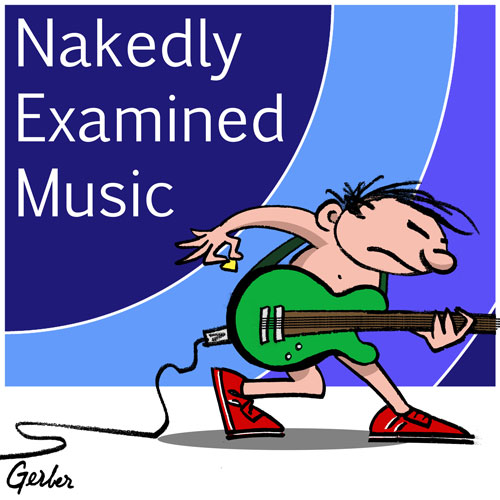50 years ago today, the Beatles played their final official concert and put an end to their touring career. It all happened at the now defunct Candlestick Park in San Francisco.
As Josh Jones told us in 2014, “knowing it would be their final show, the band brought a camera onstage to take photos of the crowd and themselves.” And “Paul McCartney asked the band’s press officer Tony Barrow to record the concert on a hand-held tape recorder.” Barrows eventually talked more about how this recording came to see the light of day. He said:
Back in London I kept the concert cassette under lock and key in a drawer of my office desk, making a single copy for my personal collection and passing the original to Paul for him to keep. Years later my Candlestick Park recording re-appeared in public as a bootleg album. If you hear a bootleg version of the final concert that finishes during Long Tall Sally it must have come either from Paul’s copy or mine, but we never did identify the music thief!
Above, you can hear the Beatles’ last 28 minutes as a live act—save, of course, their impromptu gig played on a London rooftop in 1969. For all its roughness, there’s a good chance that the sound quality rivals what fans heard that cold August night in Candlestick. Like other stadiums from that era, Candlestick had a god-awful sound system, ill-equipped to compete with an endless barrage of teenage screams and gusts of wind. But that didn’t stop fans from enjoying the show all the same.
Find a setlist for the 11-song concert below:
01. “Rock and Roll Music”
02. “She’s a Woman”
03. “If I Needed Someone”
04. “Day Tripper”
05. “Baby’s In Black”
06. “I Feel Fine”
07. “Yesterday”
08. “I Wanna Be Your Man”
09. “Nowhere Man”
10. “Paperback Writer”
11. “Long Tall Sally” (Incomplete)
If you would like to sign up for Open Culture’s free email newsletter, please find it here. Or follow our posts on Threads, Facebook and BlueSky.
If you would like to support the mission of Open Culture, consider making a donation to our site. It’s hard to rely 100% on ads, and your contributions will help us continue providing the best free cultural and educational materials to learners everywhere. You can contribute through PayPal, Patreon, and Venmo (@openculture). Thanks!
Related Content:
The Beatles’ Rooftop Concert: The Last Gig Filmed in January 1969


